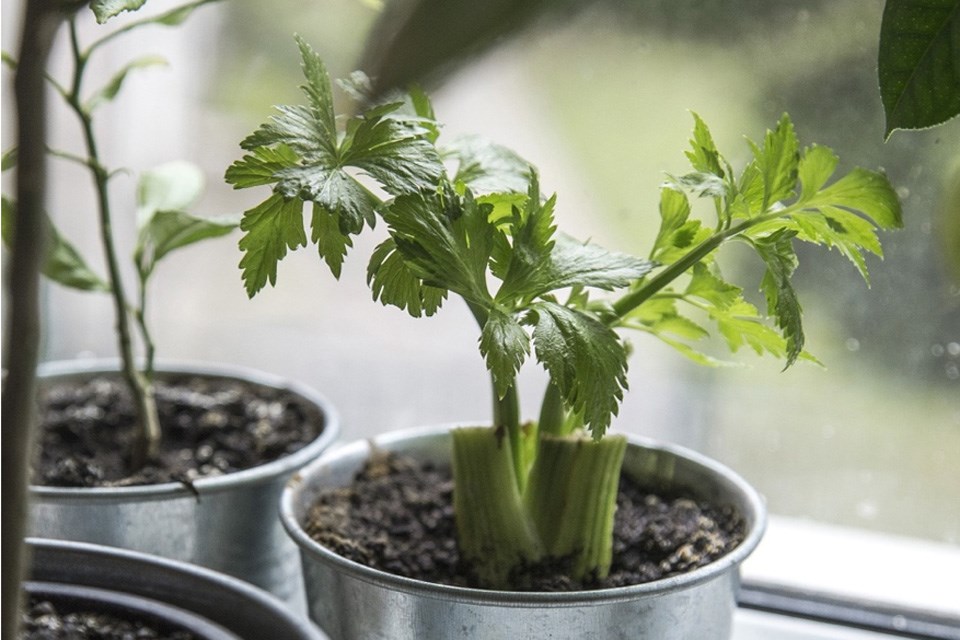One delicious way to make your food budget go further is to grow some of your own favourite vegetables and herbs indoors. Not only will you save money, but you will also enjoy the freshest produce possible. You never know, you might even find your hidden green thumb in the process.
Choosing What to Grow
The most popular foods to grow indoors are salad greens like lettuce, spinach, and arugula. These plants grow quickly and are easy to maintain. Many people also enjoy growing their own herbs. Larger vegetables like scallions and radishes are also simple and delicious. Choose herbs and vegetables that you eat regularly in order to get the most out of your indoor gardening.
Microgreens, which are edible plants that are meant to be eaten when they are tiny shoots, are easy to grow and absolutely delicious. These plants are harvested with scissors when they are about five centimetres tall. They make great additions to salads, stir fries, and sandwiches.
Starting Your Indoor Garden
Growing your own food indoors may sound intimidating, but it is really quite simple. All you need are some pots or a seeding tray, soil, seeds, some plastic wrap and a sunny window. Most garden centers and many hardware stores sell everything you need.
If you don’t have space by a sunny window to work with, you can invest in some indoor grow lights. There are some compact setups on the market that are easy to use. Some even include self-watering troughs and timers to make the whole process even easier.
8 Simple Steps to Delicious Homegrown Food
Growing your own herbs, vegetables, and microgreens at home all start with the same simple steps:
- Fill your pots or seeding tray with soil. Don’t pack it down too firmly. Remember that your little seedlings will need to emerge without too much effort.
- Plant the seeds. Check your seed packets for planting instructions. A good rule of thumb is that the depth of your seed should be twice its diameter. Almost all seed packets will have clear planting instructions on the back.
- Spray or sprinkle the soil with water. It should be moist but not soaking.
- Cover the tray with a clear plastic dome, lid, or plastic wrap and place in a warm spot in your house.
- Keep an eye on the moisture level. You may need to spray the soil with water every few days, though the plastic lid will keep most of the moisture in.
- Once the seeds have sprouted, remove the plastic covering and make sure that your plants are getting enough light from a window or a grow light.
- Water when needed and watch them grow.
Harvest and enjoy! The approximate time it takes until harvest will also be indicated on the back of your seed packet.
 This story was made possible by our Community Partners Program. Thank you Didsbury Dental for helping to expand local news coverage in Alberta. Learn more.
This story was made possible by our Community Partners Program. Thank you Didsbury Dental for helping to expand local news coverage in Alberta. Learn more.


